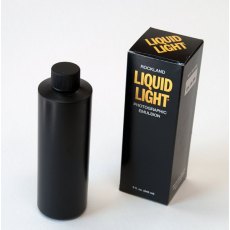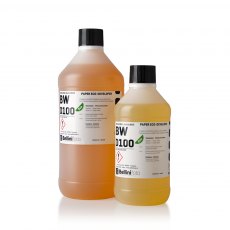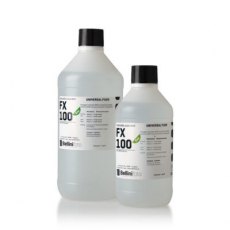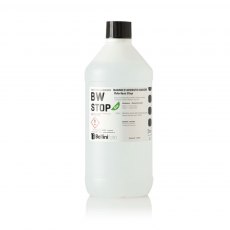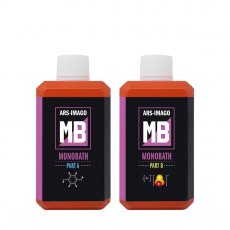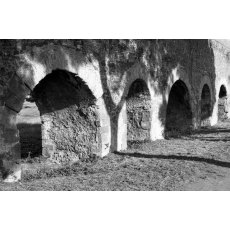Product Description
Rockland's FA-1 Sensitizer is a classic iron-silver system that produces warm brown-black images on paper and cloth. It has the advantage of leaving fabrics flexible, which means you can use it with cloth that has to remain completely pliable and soft.
When used with artists' and handmade papers, FA-1 gives an antique Van Dyke iron-silver image with a full range of warm brown-black tones. It also produces Kallitypes that resemble platinum prints.
Like other daylight processes, FA-1 is contact-speed, requiring sunlight or a UV sunlamp for exposure plus a full-size negative (which can be made in several ways with commercial graphic arts films, on a glass plate coated with emulsion, or with our inkjet transparency film).
Manufacturer's instructions
To prepare the stock solutions: FA-1 consists of 3 parts-- iron salts in the green bottle, silver salts in the white bottle, and fixing solution in the large bottle. Caution: The silver salts contain silver nitrate. Avoid getting on the skin or in eyes. Dissolve separately the contents of the iron salts and silver salts, each in one pint (500 cc's) of distilled or deionized water. Dissolve the fixer contents in one quart (1000 cc's) of cool tap water. The stock solutions should be stored in containers of glass, stainless steel or plastic out of the light; do not use other materials. Keep all containers out of the reach of children. Preparation: Under amber or red darkroom safelight or dim incandescent light (excluding fluorescent or daylight), mix equal quantities of the iron and silver stock solutions to make a sensiting solution. Mix only as much as you will need for a period of several days, as the shelf life is limited when the stock solutions are mixed together.
Coating: Use paper that is absorbent, or cloth. Natural fabrics like pure cottton will give better results than synthetics. If using paper, non-sized paper works better than sized. Saturate the material with the made-up sensitizer solution, blot away excess solution and dry in a dark place, preferably with a fan to circulate the air.
Exposure: Expose with sunlight, sunlamp or other actinic light source, using a full-size negative held in contact with the sensitized surface by a pane of single-weight window glass. Usually, 2 to 5 minutes will be the correct exposure; you can watch the image turn brown under the clear portions of the film as exposure takes place. If a brown image fails to appear, remove the negative and slightly dampen the sensitized material by mist-spraying with distilled water, then re-expose.
Development: Place the exposed material under cool running water for one minute. Drain, then place in the fixer solution for 5 to 10 seconds, until the image turns from orange-brown to gray-brown. Do not extend fixing time, or the image will fade. Pour the used fixer back in the bottle for re-use. Rinse thoroughly to remove all processing chemicals. The fabric or paper can then be dried and pressed, if necessary, with a warm iron. Cleaning up: Remove stains from hands by using a dilute laundry bleach followed by some fixer. Bleach plus fixer can also be used to remove an FA-1 image from the material it is printed on. The image can be color-toned with Rockland Selectachrome or other color toners. For other questions, please consult the factory.
Returns
All returns for purchased items are covered in our Customer Service section below under the sub-headings of Cancellation, Replacement and Terms and Conditions. Our returns policy is fully compliant with UK Online and Consumer Contracts Regulations (updated February 2020).Delivery
Most orders incur a total order delivery charge of £7.99 including VAT for mainland UK delivery. All goods are shipped by courier services. The companies we use are DPD or DHL and parcels are delivered in 48 hours or sooner from date of despatch. Exceptions to this, including lower delivery charges, can be found in the Information section for Delivery at the bottom this page.Collect in Store
This item is available for collection.



 In stock
In stock